Farming in Protected Landscapes in the Isle of Wight National Landscape
The Defra-funded Farming in Protected Landscapes programme has been open for applications since July 2021. Here we explain what the programme can support and how it will work, to encourage strong applications from the Isle of Wight National Landscape farming and land management community.
Protected Landscapes – our National Parks and National Landscapes – are special and unique places. They are living, working landscapes that also support a huge range of habitats and species, and they are enjoyed by millions of people every year. By supporting the farmers, land managers and people who live and work in these areas, we can help protect these exceptional places and support local communities.
To help do this, Defra is introducing the Farming in Protected Landscapes programme, which will run from July 2021 to March 2025.
Through the programme, farmers and land managers can be supported to carry out projects that support nature recovery, mitigate the impacts of climate change, provide opportunities for people to discover, enjoy and understand the landscape and cultural heritage, or support nature-friendly, sustainable farm businesses. This is a programme of funding for one-off projects covering these areas of work, not an agri-environment scheme.
The programme is part of Defra’s Agricultural Transition Plan. It has been developed by Defra with the support of a group of National Landscape and National Park staff from across the country. The programme’s National Framework document sets out the purpose and operation of the programme in more detail.
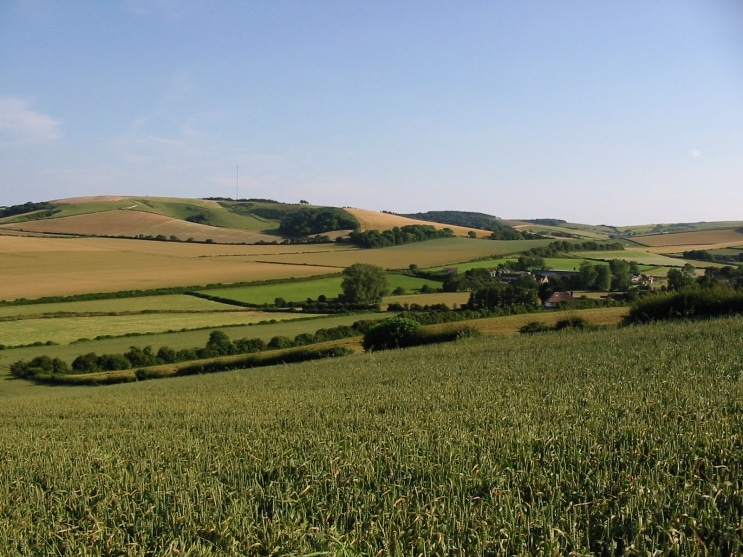
Eligibility
The Farming in Protected Landscapes programme is open to all farmers and land managers (including from the private, public and charity sector) in a National Park, NL or the Norfolk Broads – or where activity on the ground can bring benefit to one or more of those areas.
You must manage all the land included in the application and have control of all the activities you’d like to undertake, or you must have written consent from all parties who have this management and control.
Other organisations and individuals can apply, as long as they do this in collaboration with a farmer or land manager, or in support of a farmer or group of farmers.
Common land is eligible for support through the Programme. You can apply as a landowner with sole rights, or as a group of commoners acting together.
The programme supports activity on any land within the Isle of Wight NL. It can also support activity on other land where projects can demonstrate benefit to the Isle of Wight NL, or the Isle of Wight Partnership’s objectives or partnership initiatives. Most of the funding will probably be provided to projects within the AONB boundary.
You can see the boundary by visiting the MAGIC mapping website. Click on ‘designations’, ‘land-based designations’ and then ‘Areas of Outstanding Natural Beauty England.’
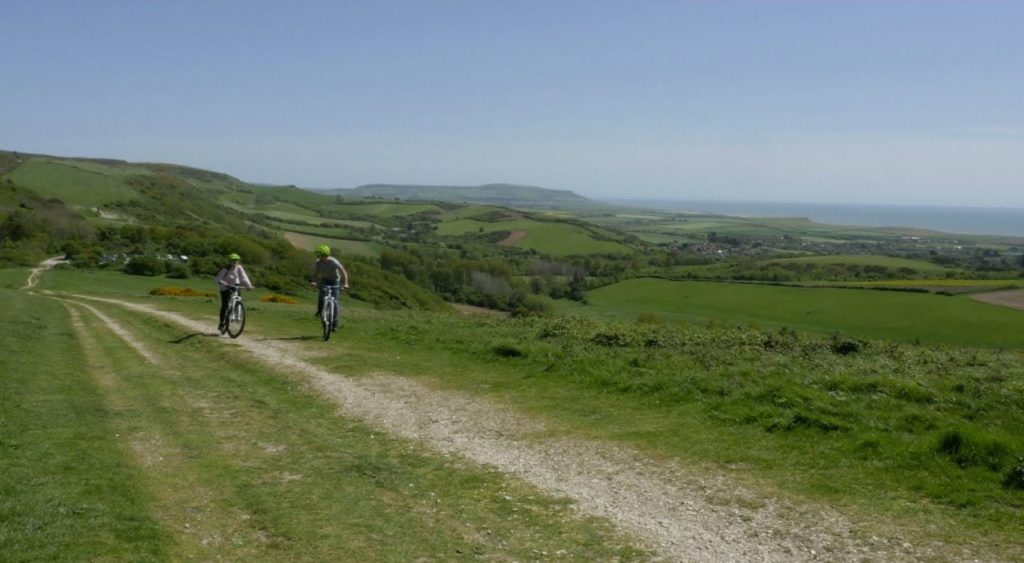
What the Programme will pay for.
The Farming in Protected Landscapes Programme will pay for projects that, in the opinion of the Local Assessment Panel (see ‘Application assessment’ below) provide value for money and meet at least one of the outcomes listed below, under four themes.
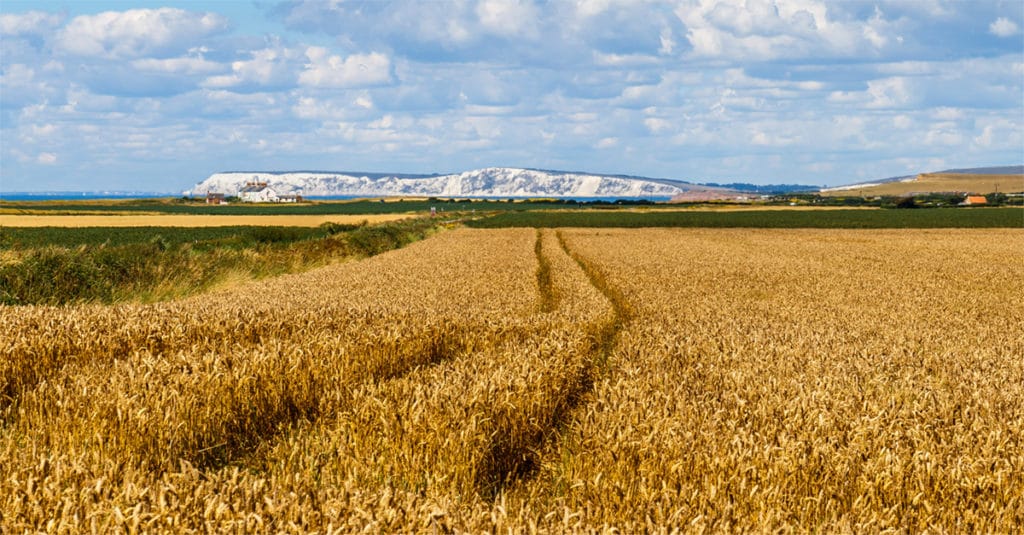
Outcomes:
Climate outcomes
- More carbon is stored and/or sequestered
- Flood risk is reduced
- Farmers, land managers and the public better understand what different habitats and land uses can store carbon and reduce carbon emissions
- The landscape is more resilient to climate change
Nature outcomes
- There is a greater area of habitat improved for biodiversity
- There is an increase in biodiversity
- There is greater connectivity between habitats
- Existing habitat is better managed
People outcomes
- There are more opportunities for people to explore, enjoy and understand the landscape
- There are more opportunities for more diverse audiences to explore, enjoy and understand the landscape
- There is greater public engagement in land management, such as through volunteering
- Farmers and land managers feel increasingly comfortable with providing public goods
Place outcomes
- The quality and character of the landscape is reinforced or enhanced
- Historic structures and features are conserved, enhanced or interpreted more effectively
- There is an increase in farm business resilience
Your project must also help to deliver at least one of the priorities for delivery of the Isle of Wight AONB Management Plan. Details of these priorities for delivery can be found at www.wightaonb.org.uk
For example, the programme might support:
- Replacing stiles with gates on public footpaths to promote easier access
- Creating wader scrapes, or creating ponds to support a variety of wildlife
- Promoting connectivity between habitats
- Creating and promoting a series of farm walks across a cluster of farms, providing new access opportunities, links to the rights of way network and interpretation of farming and of the natural and historic features on the land
- Conserving historic features on a farm, such as lime kilns or lead mining heritage
- Action to reduce carbon emissions on a farm
- Whole farm planning for conservation, energy efficiency and economic resilience, including in farmer clusters
- Gathering data and evidence to help inform conservation and farming practice
- Accessing farm business advice
- Working with new audiences to enable them to experience the Protected Landscape
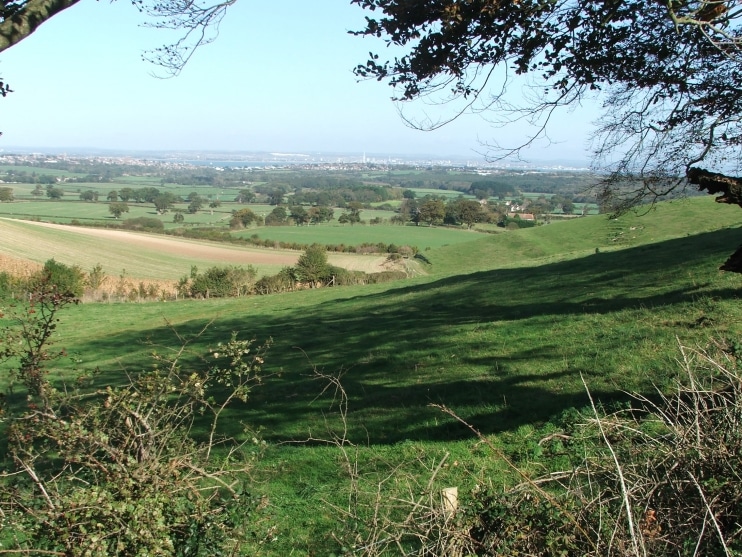
Payment Rates
The Programme will work alongside – not in competition with – Defra’s existing and new schemes, adding value where it is most needed. If a potential project can be rewarded through those schemes instead, you will be made aware of them.
If an activity is equivalent to one under Countryside Stewardship (CS), the Programme payment rate will be the same as the CS rate. If not, we will base Programme funding offers on the projected costs of an activity (with final payments made against evidenced costs).
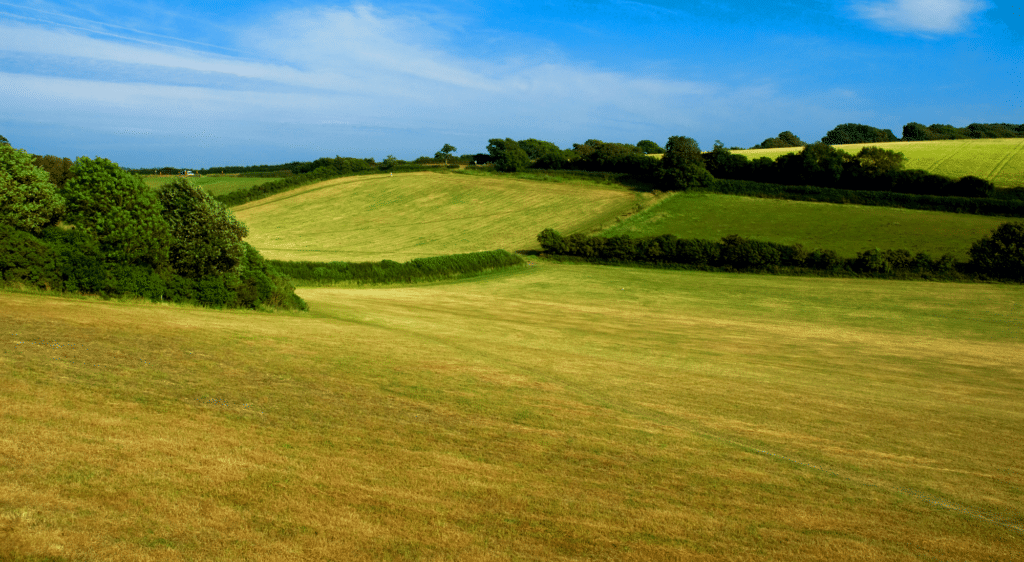
Management Agreements
Capital infrastructure assets (including, but not limited to, fences, gates, building restoration), should be maintained for 5 years from the date of completion.
Machinery assets (for example a brush harvester for grassland restoration) should be maintained for 5 years from the date of purchase.
The requirement to maintain natural, cultural and access activities (for example, management of grassland, restoration of a limekiln) delivered as part of programme will cease no later than 1 April 2025.
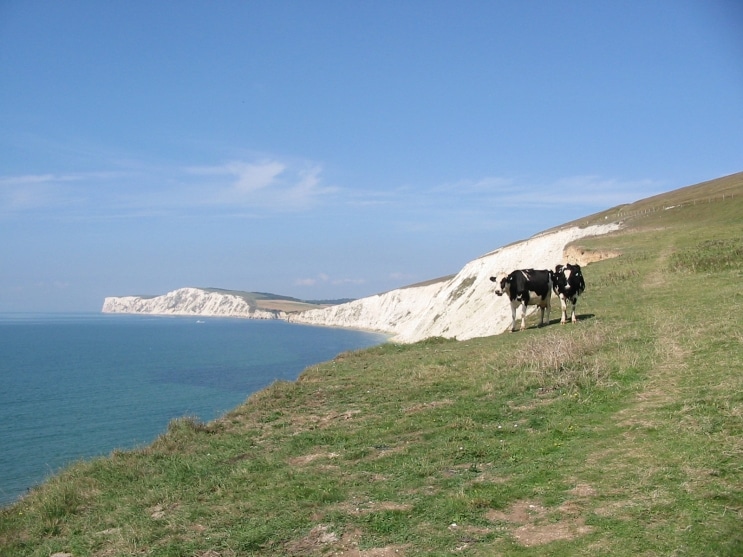
How to Apply
To apply, please fill in an application form. Applications for this year’s programme should be made between April 2024 and January 2025. Funding will be awarded to successful applicants throughout the application window, rather than after the window closes, so you should submit your application as soon as it is ready.
Before applying, we would encourage you to contact Isle of Wight NL to discuss your application. Ideally, the Farming in Protected Landscapes project officers might visit your potential project location or meet you to discuss your ideas.
Application assessment
Applications for over £10,000 will be judged by a Local Assessment Panel. This kind of system has been used locally before for the Isle of Wight NL ‘Sustainable Development Fund’.
The Local Assessment Panel will be made up of 8 to 12 people. It will include representatives from the Isle of Wight NL, Natural England, representatives from the farming and land management community, and local specialists.
We expect that the panel will meet to make decisions every 6 to 8 weeks.
Applications for less than £10,000 will be decided upon by a senior member of the AONB team (who has no prior knowledge of the project).
More information
- IW NL Farming in Protected Landscapes Application Template 2024-2025
- IW NL Farming in Protected Landscapes Guidance for Applicants
- IW NL Farming in Protected Landscapes Projects 2021, 2022, 2023, 2024
- Annex A – Project Costs Table
- Annex B – Not Registered for VAT Form
If you have a question about the Farming in Protected Landscapes Programme, please email the AONB@iow.gov.uk


